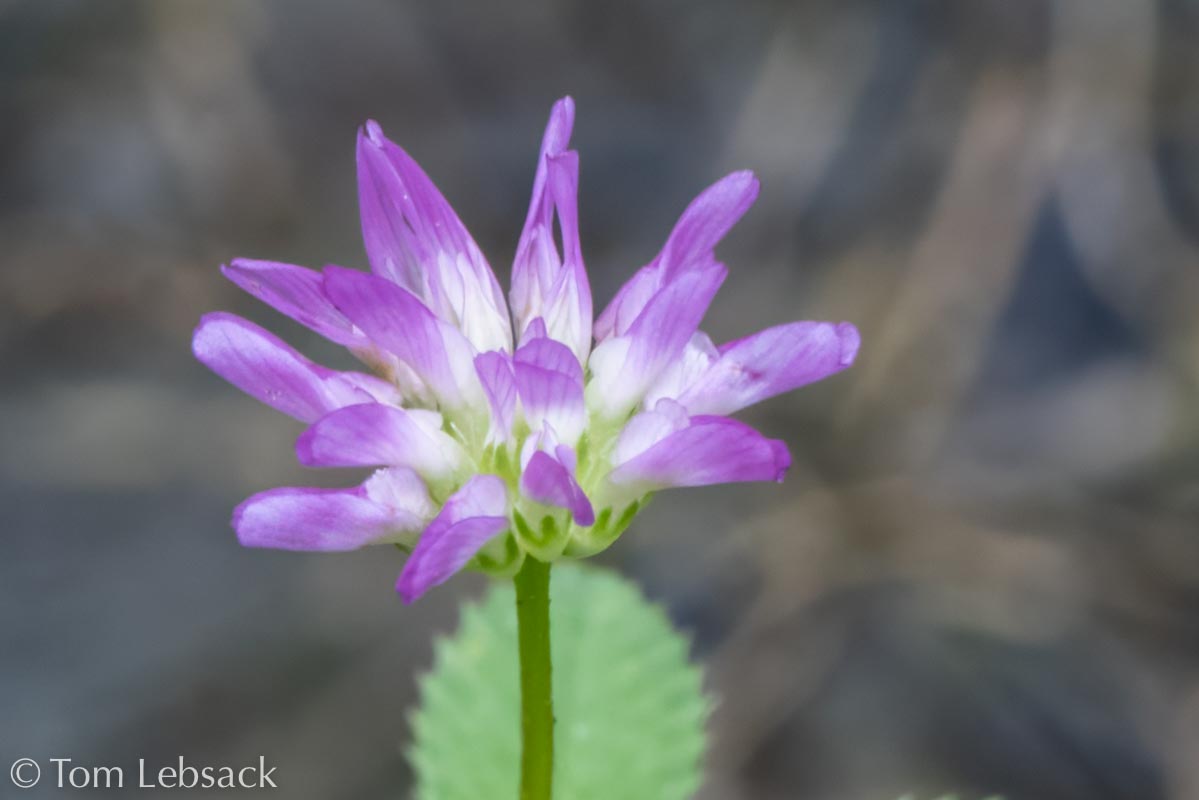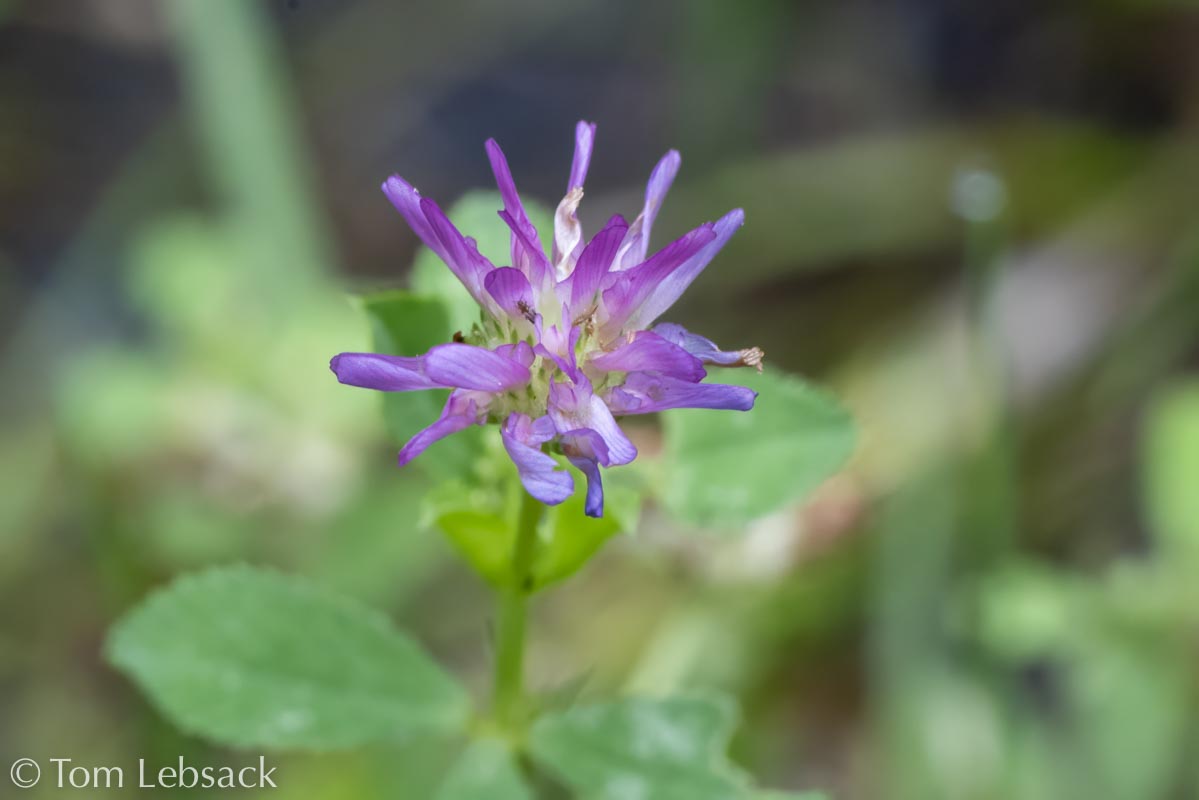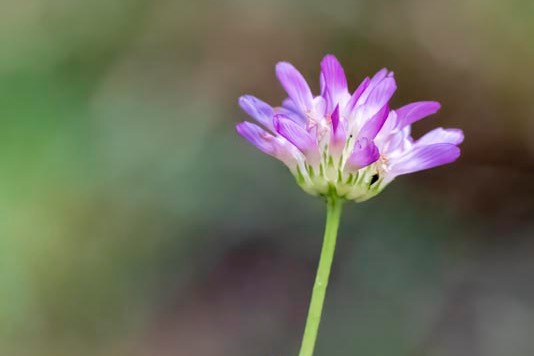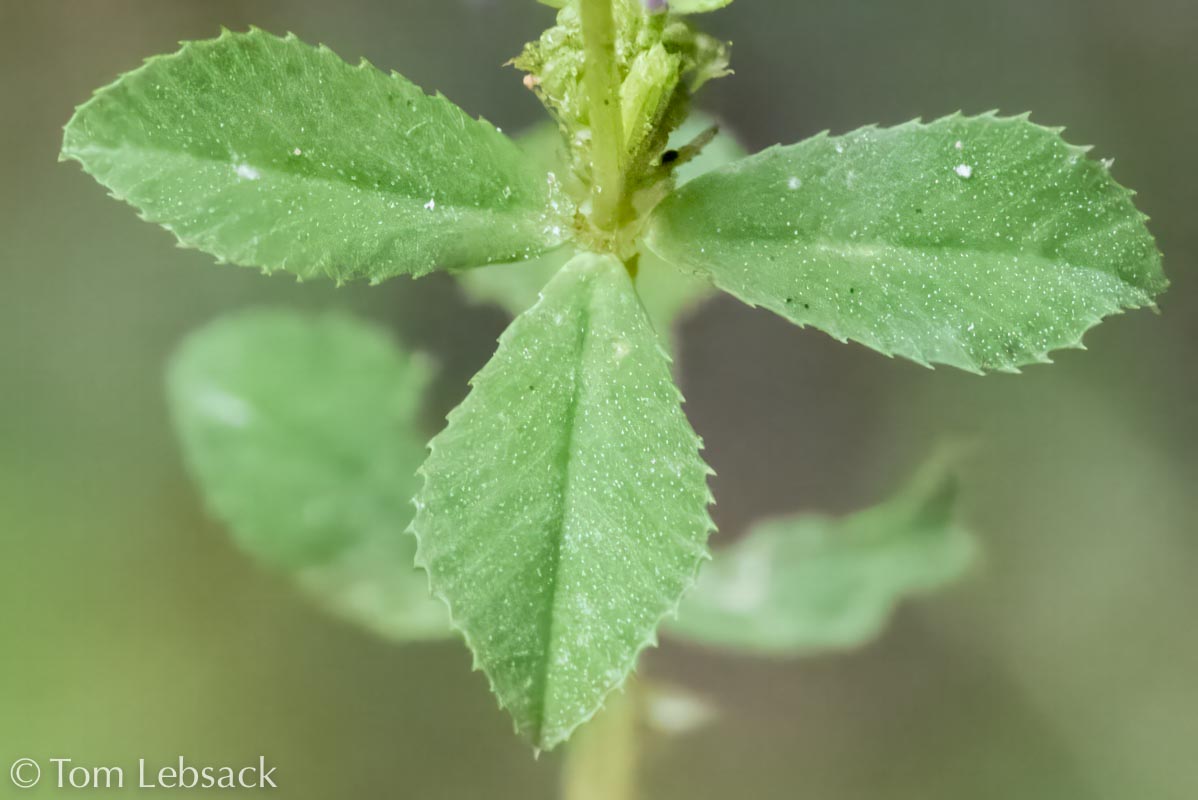Texas Wildbuds
Trifolium resupinatum
(Persian Clover)
| Scientific Name | Trifolium resupinatum | USDA PLANTS Symbol | TRRE4 |
| Common Name | Persian Clover, Reversed Clover | ITIS Taxonomic Serial No. | 26316 |
| Family | Fabaceae (Pea) | SEINet Reference |
Click Here |
| Description | Habitat: Wet soils in meadows, lawns, roadsides, fields and waste areas. Introduced from Eurasia as a forage crop. Plant: Annual with ascending or decumbent stems up to 18 inches tall, branched. Leaves: Alternate, trifoliate, leaves on very short (~1/8-inch) to long (~3 inches) petioles; leaflets are obovate to oblanceolate, 3/8 to 3/4-inch long and up to 3/8-inch wide, sessile with dentate or serrate margins and surfaces covered with short, soft hairs. Inflorescence: Hemispherical flower heads atop peduncles 3/4 to 2-3/8 inches long arising from leaf axils, each head with 6 to 18 pea-like flowers, each less than 1/4-inch long, with a pink to lavender corolla that is twisted so the the banner is on the bottom. Blooming Period: Spring. References: "Manual of the Vascular Plants of Texas" by Correll and Johnston, "Wildflowers of Texas" by Michael Eason and and Oregon Flora. |
BONAP Distribution Map Map Color Key Map Color Key |
Texas Status: Introduced |
Banner photo of Castilleja indivisa and Lupinus ssp. taken along FM 1323 north of Johnson City, Blanco County
© Tom Lebsack 2025
Every attempt is made to provide accurate, up-to-date, and relevant information, but the completeness or accuracy of any information presented on this website cannot be guaranteed. I use authoritative references to insure high standards of accuracy and review and update the information frequently.



